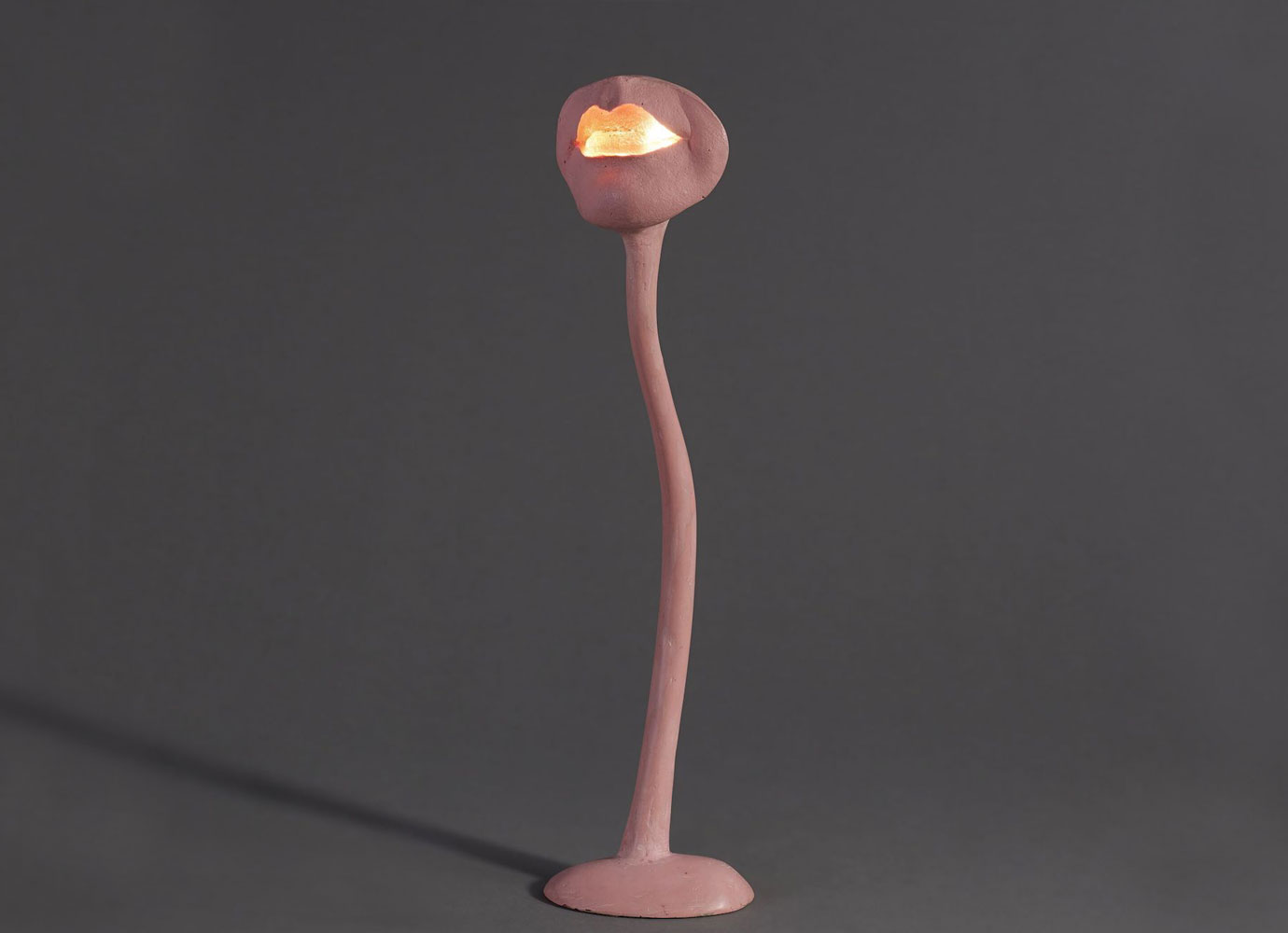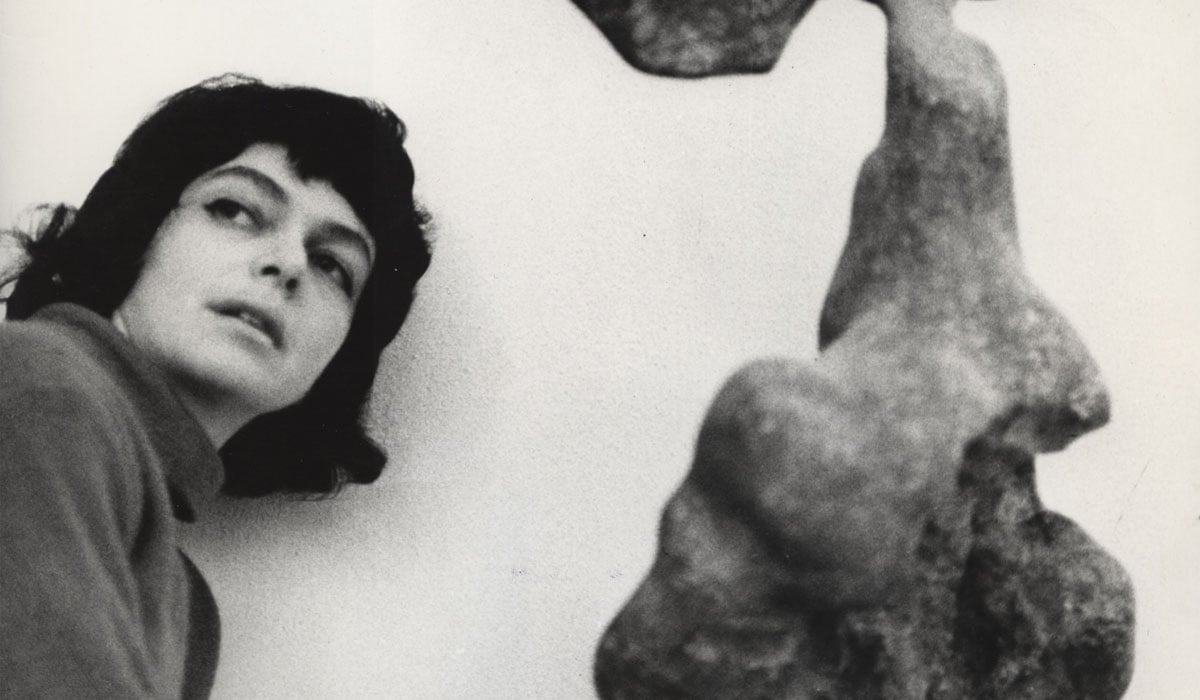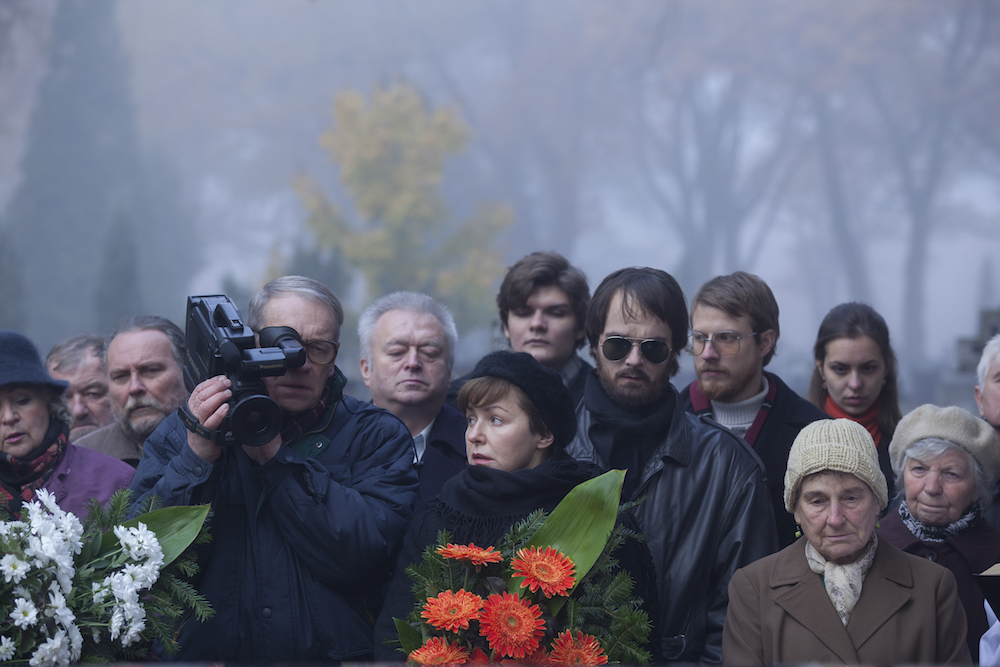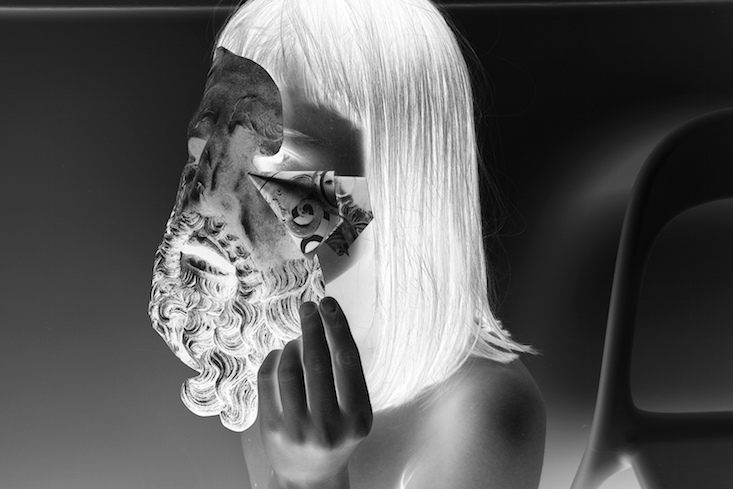In the flesh: Alina Szapocznikow’s erotic sculptures arrive in London

“My gesture is addressed to the human body, ‘that complete erogenous zone,’ to its most vague and ephemeral sensations. I want to exalt the ephemeral in the folds of our body in the traces of our passage,” said Alina Szapocznikow in 1972, a year before her life was cut short by cancer at just 46 years old.
Born in Poland to Jewish parents in 1926, Szapocznikow survived the Nazi concentration camps as a teenager. Moving to Prague and then Paris after the war, the artist embraced surrealism and the pop-influenced new realism of the Parisian avant garde, creating distinctive sculptures of different body parts — some moving, others exciting — using industrial materials such as polyester resin and poured polyurethane foam. “Despite everything, I persist in trying to fix in resin the traces of our body: I am convinced that of all the manifestations of the ephemeral, the human body is the most vulnerable, the only source of all joy, all suffering, and all truth,” Szapocznikow said.
Hauser and Wirth is presenting To Exalt the Ephemeral, a retrospective of the artist’s works, including some of her famous lamps — two of which she gifted to her friend, the French American artist Louise Bourgeois — at their gallery in London until 2 May.


